
From time to time, I’m adding some starches to my diet. It’s been a while since I’ve eaten any rice. Having just spent a weekend with many Asians, an innate fondness for rice and chopsticks welled up to the surface. I often cook with chopsticks, e.g., when I make blue vein cheese sauce, wooden chopsticks are my go-to tool for stirring and mixing.
The rice in the congee[i] is problematic. The starch constitutes carbohydrates I do not need. I can partially ameliorate the problem by freezing the cooked rice and converting it to resistant starch to lower the glycaemic index.
Recipe
Ingredients
- Rice
- Beef broth
- Beef short ribs
- Beef chuck steak
- Water
- Salt
Equipment
- Fast/slow cooker
Instructions
- Wash a cup of uncooked rice and then add it to the slow cooker.
- Add a cup of beef broth and enough water to cover the rice by one distal phalange.
- Add the beef short ribs and beef chuck.
- Add some salt.
- Cook for 8 hours.
- At the end of 8 hours, add the optional sterilisation by steam under pressure in the pressure cooker. I sometimes do this if I’m using beef broth that has been in the refrigerator for a week or more. While the risk of bacterial contamination is low because of the hygiene precautions I take, this step is belt and braces.
- If you use a fast/slow cooker (or similar device), this can be achieved without changing cooking vessels.
- Transfer the contents into a large bowl and start to pull the meat and mix it with the rice gruel.
- Remove the rib bones.
- Refrigerate the congee overnight so the rice develops resistant starch.
- Aliquots can now be taken and reheated for small meals, like lunch.
Reheating
- Divide the refrigerated congee into six portions.
- Add the portions to vacuum bags and seal the bags.
- Reheat the contents in water bath at 80 °C for 45 minutes. The solidified beef fat will melt, and the rice and meat with break up and become softer.
- Pour the hot congee into a bowl.
- Serve the reheated congee, which has now developed resistant starch, in a bowl and eat with a spoon.
- You can add shredded pork and lettuce.
Photographs
Select an image and scroll through.

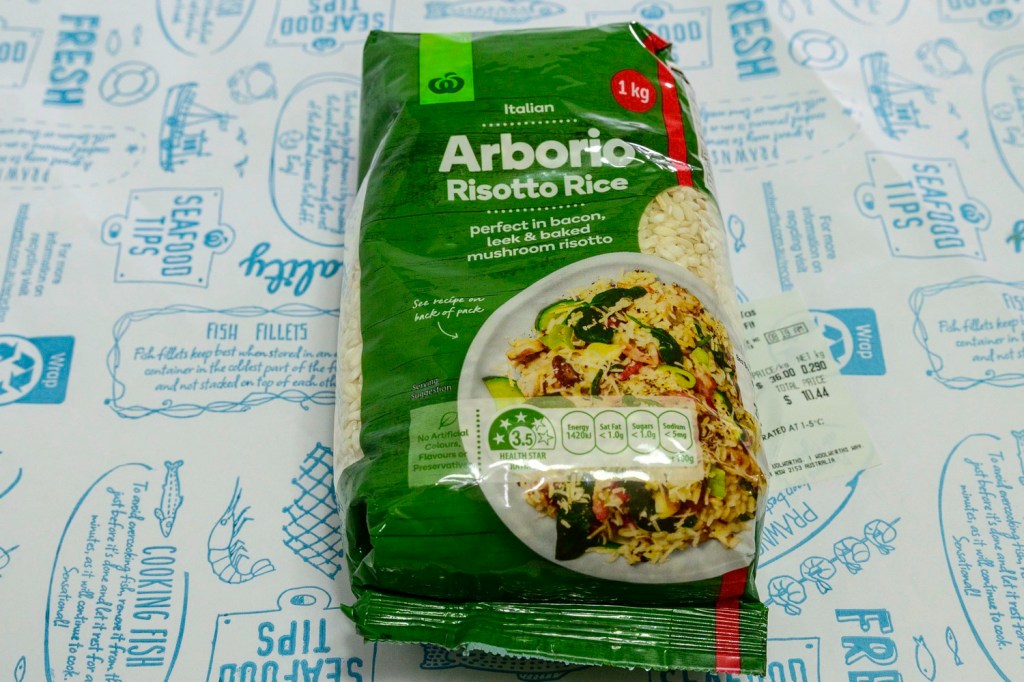

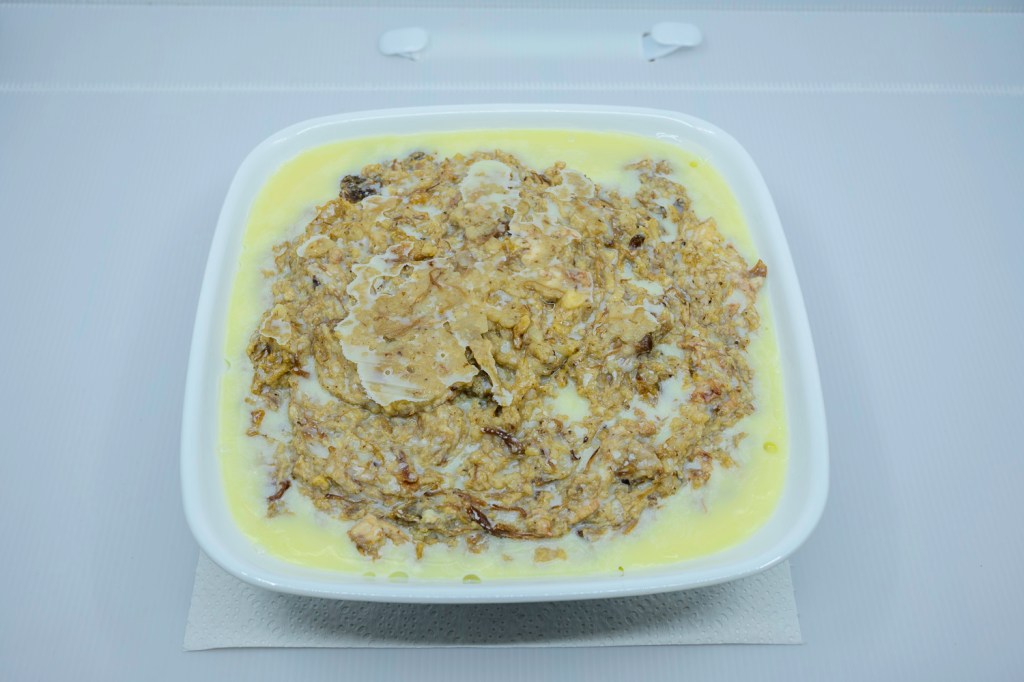
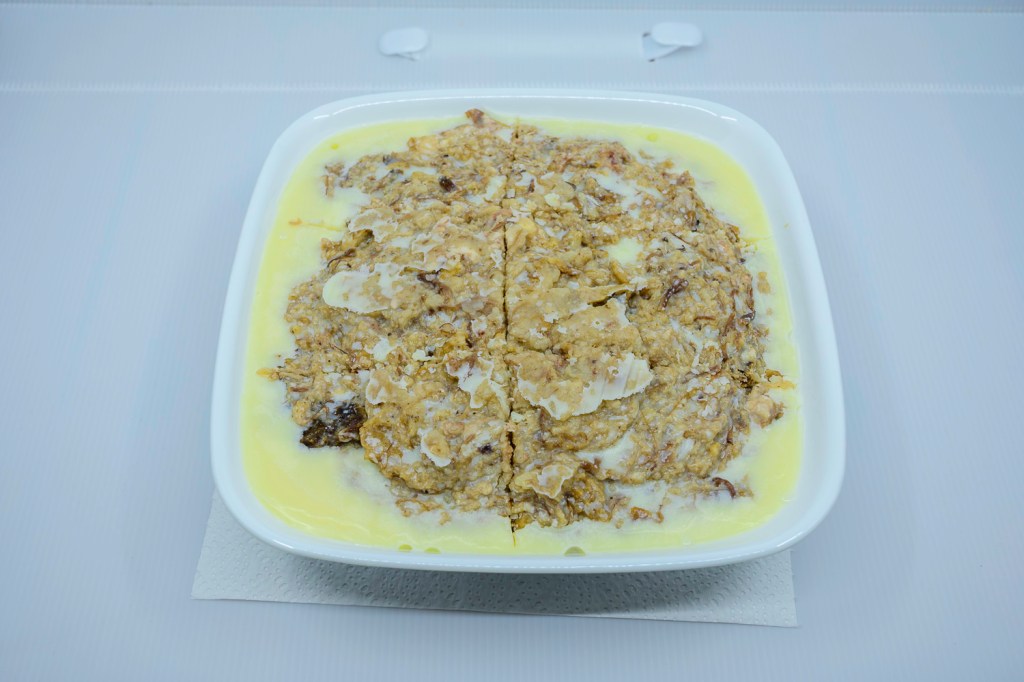
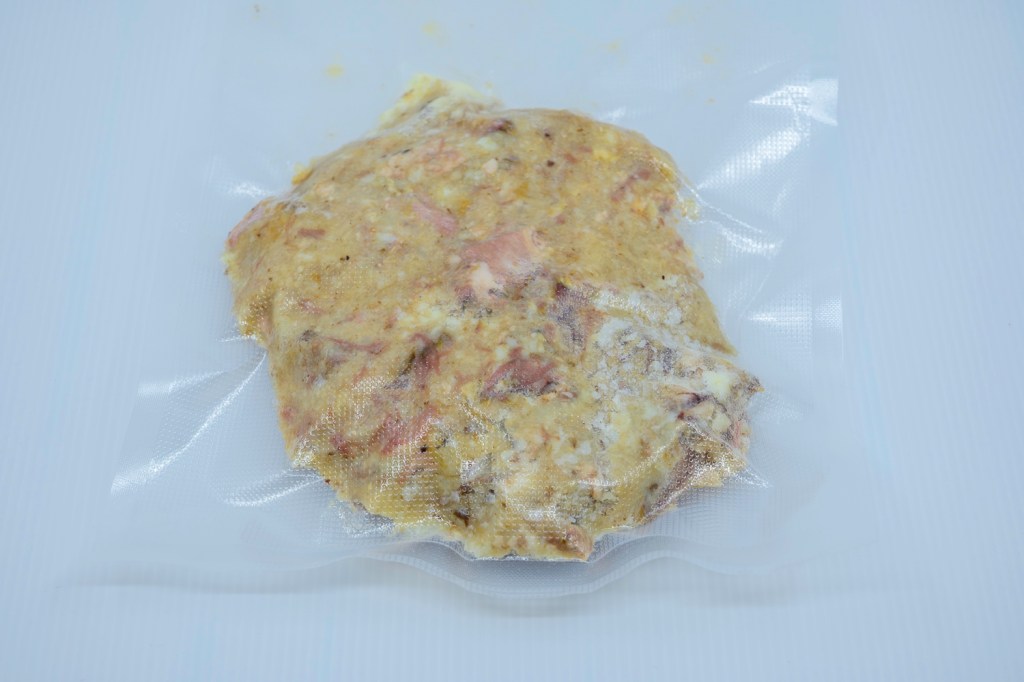
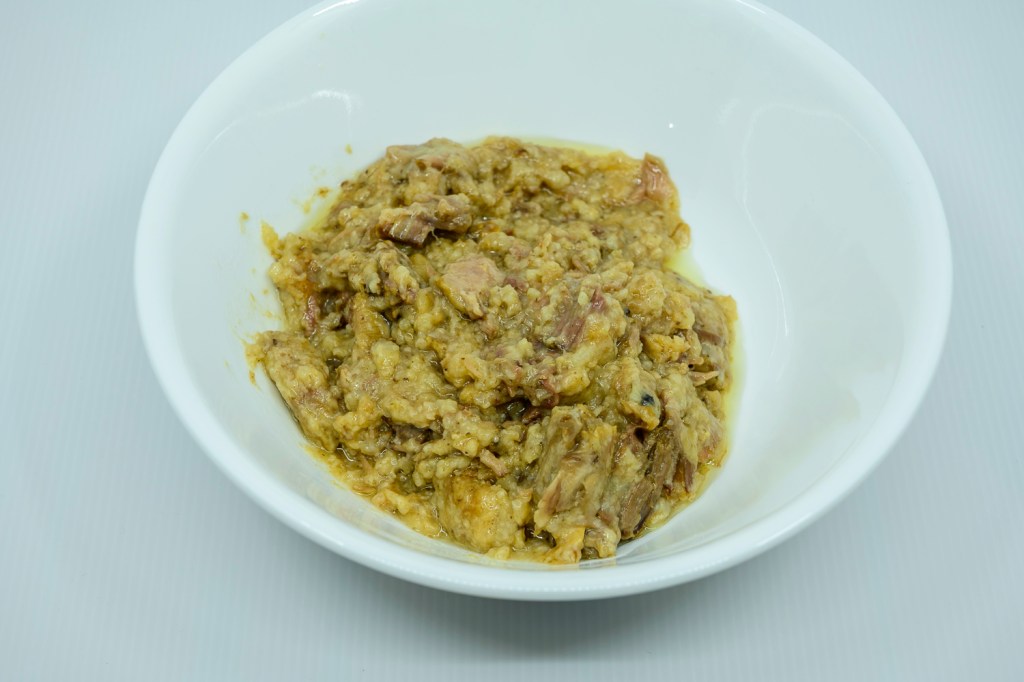
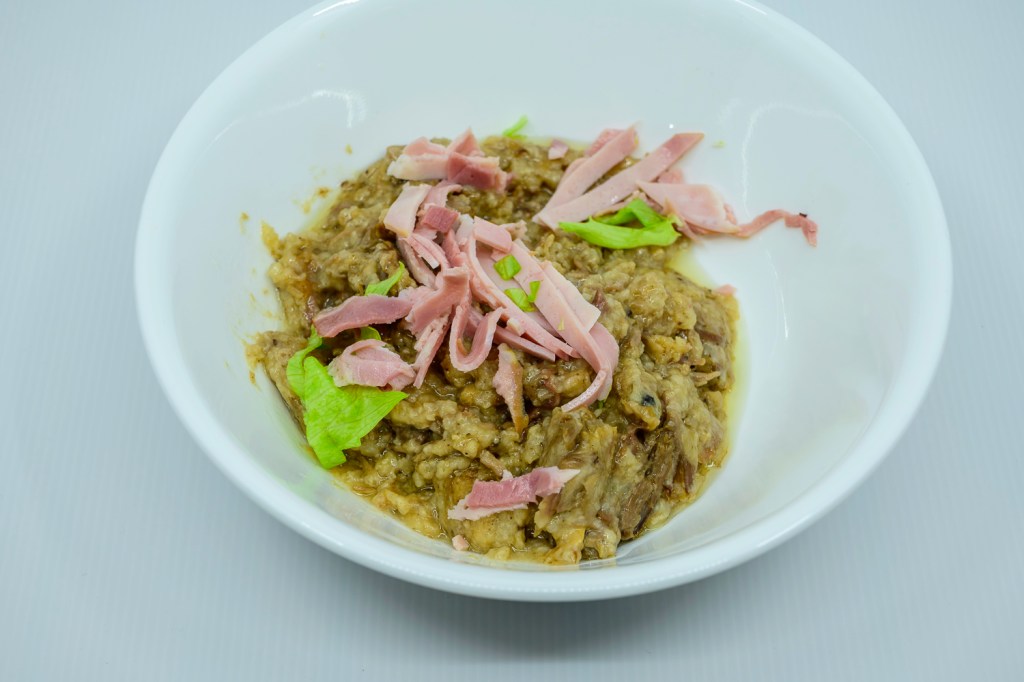

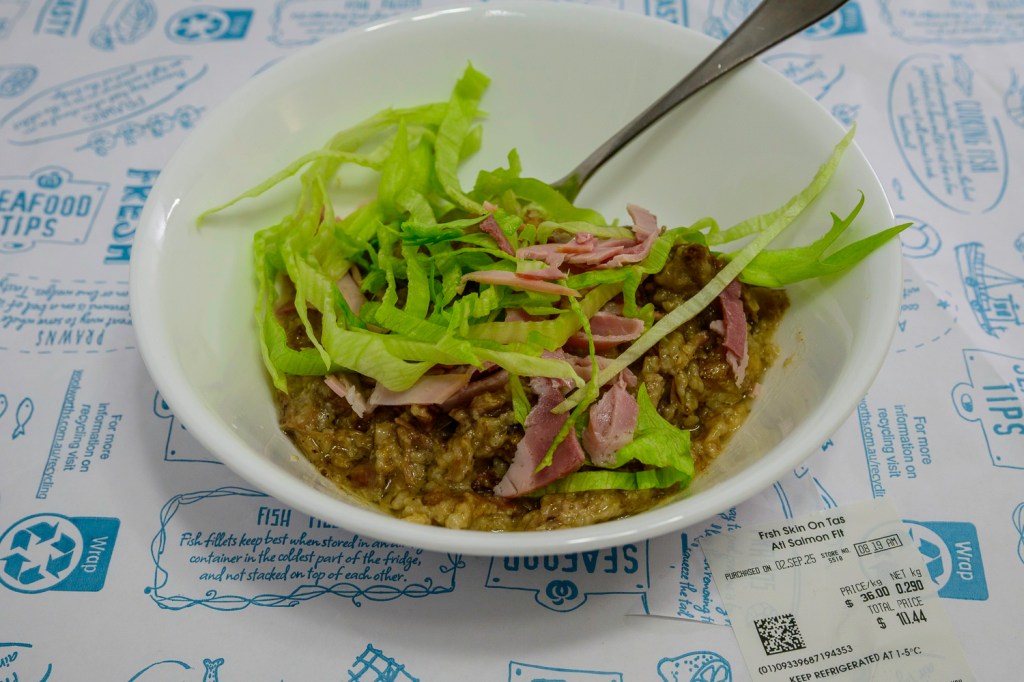


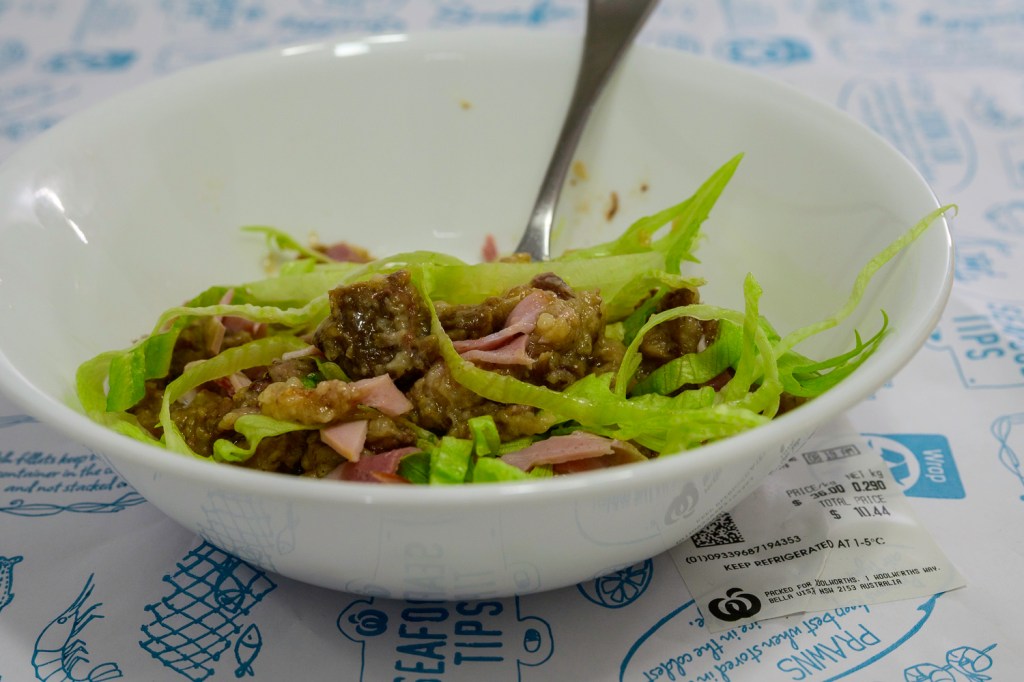

Thoughts on the meal
My mother makes my favourite congee. It is chicken congee, and she uses a pressure cooker. She would always use a whole chicken and basic white long-grain rice. Mum would add soy sauce and other Chinese herbs and spices. In serving, we’d have shredded iceberg lettuce, shredded ham, plus extra soy sauce. We’d eat the jook (that’s what we called congee) for an evening meal most of the time in winter. It would keep us warm. If there was any leftover, we may get some reheated for lunch.
My version of this recipe is a significant departure from my mother’s version. I’m incorporating some of my preferences. There is no soy sauce, no seed oils, no herbs and spices. The flavours come from salt and the meat, and the rib bones, which were in the slow cooker. This congee or jook is also laden with beef fat, gloriously unctuous[ii] beef fat.
Nutrient values for rice.
| Nutrient | Per 1 Cup (≈186 g) | Per 100 g | % Daily Value (1 Cup) |
| Calories | 242 kcal | 130 kcal | ~12% |
| Carbohydrates | 53 g | 28.5 g | ~18% |
| Protein | 4.4 g | 2.4 g | ~9% |
| Fat | 0.4 g | 0.2 g | ~1% |
| Fibre | 0.8 g | 0.4 g | ~3% |
| Sugars | 0.2 g | 0.1 g | — |
Walking Photographs
Select an image and scroll through.
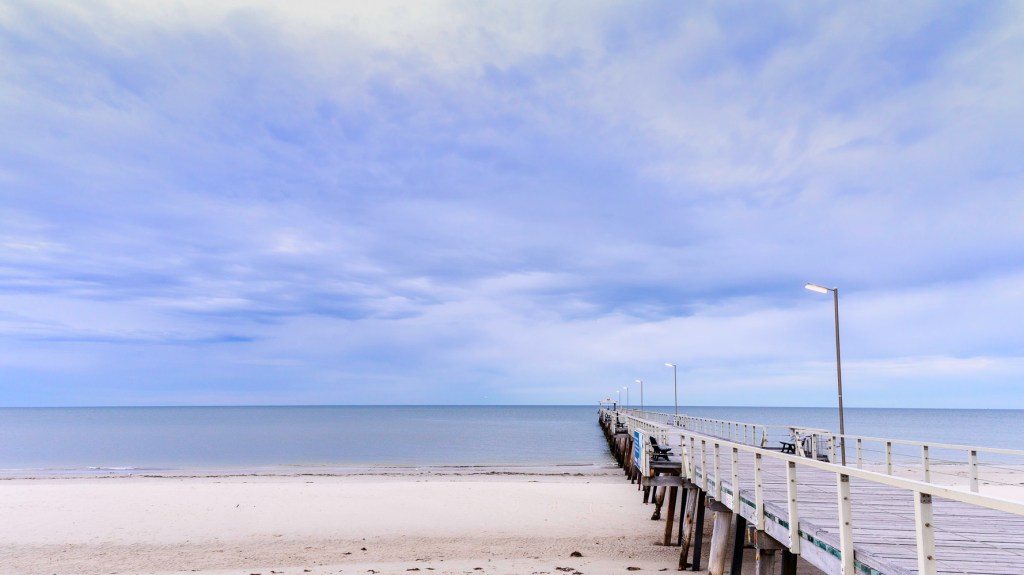

[i] noun [mass noun] (in Chinese cooking) broth or porridge made from rice.
[ii] adjective (of food or drink) having a pleasingly rich taste
